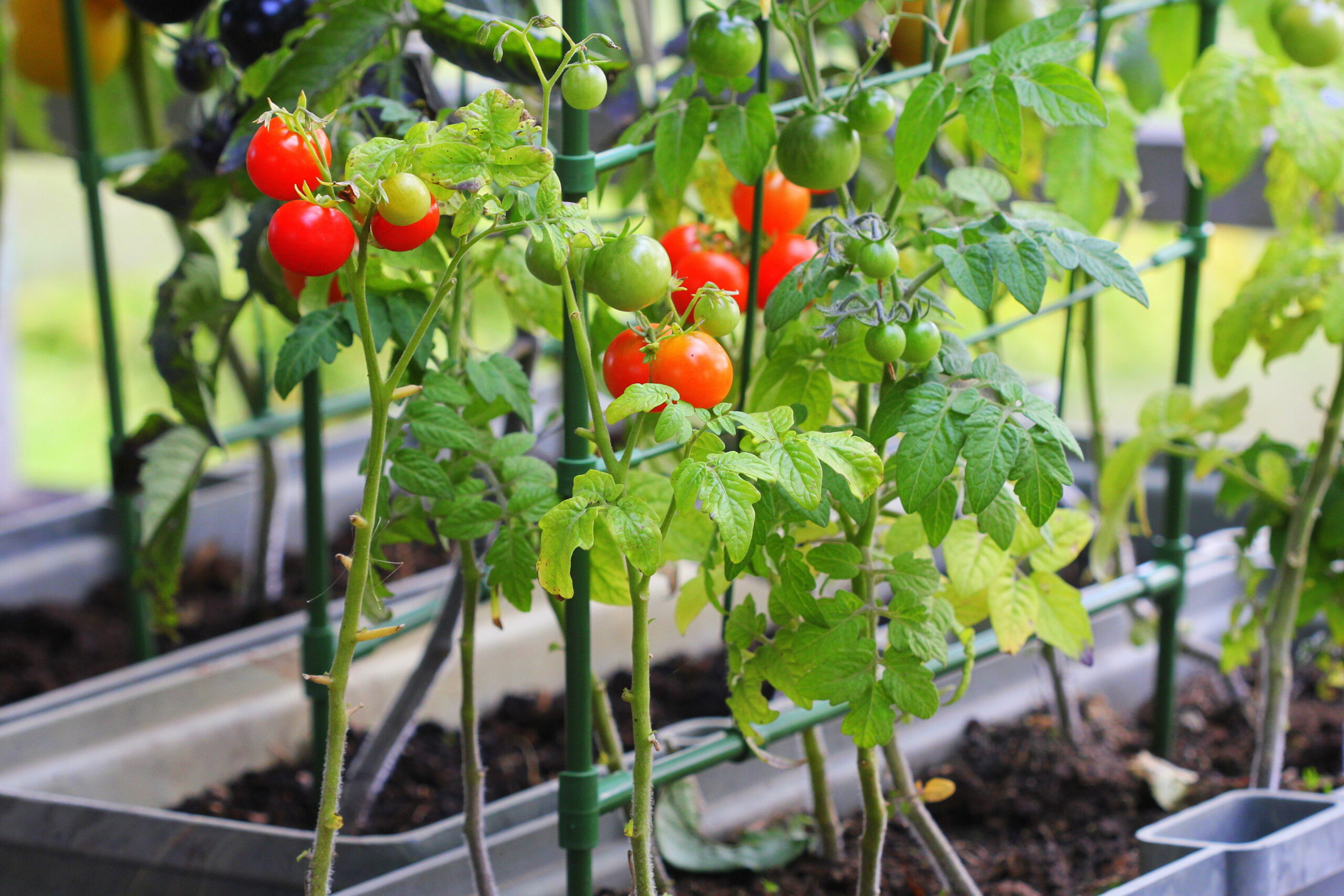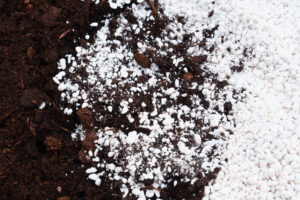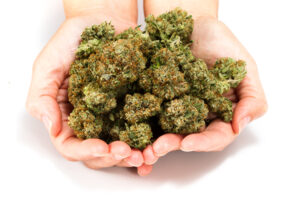Urban Gardening: Growing Plants in Small Spaces & Urban Environments

If you enjoy the bustle of the city and the rich culture that urban living brings, there are a few things you may have to give up—like a sprawling yard. But that doesn’t mean you have to give up growing your favorite plants. Urban gardening gives you the opportunity to plant certain flowers, fruits, and vegetables in a unique design. Not only does it have a positive impact on urban dwellers, but it can also benefit the entire community and the environment too. Here are some urban gardening tips to start your own green oasis in the city.
Positive Impact of Urban Gardens
Urban gardening provides more than plants. The practice offers a wide range of benefits to growers, communities, and the environment. Here are just a few of the pros.
- Boost wellness. With more access to fresh food, increased physical activity, and a greater sense of purpose, gardening promotes a healthy lifestyle.
- Build community. Starting a community garden—whether on a shared plot or rooftop—brings your neighborhood together and strengthens social ties.
- Educate. Create a space to teach children and adults about agriculture, nutrition, and sustainability.
- Strengthen economy. Urban gardens that sell or distribute crops create jobs and local small business opportunities.
- Combat food scarcity. Take control over your food supply and feed underserved areas.
- Improve air quality. Since plants absorb carbon dioxide and release oxygen, they help improve the air quality inside and out. This is especially important in urban areas where pollution can be higher.
- Reduce urban heat. Growing plants on a rooftop garden or urban farm can help cool cities with more shade and less heat reflection from concrete surfaces.
- Biodiversity. Certain plants attract wildlife not often found in urban areas, such as more pollinators and birds.
- Sustainability. When food is grown locally, it reduces the carbon footprint associated with industrial agriculture and transportation.
One urban garden can make a difference. It’s a sustainable and satisfying way to bring nature and wellness into your city life!
How to Start an Urban Garden
Whether you only have a small apartment or an empty rooftop, you can create an urban garden. All you really need is a place to put a plant, enough sun and water for it to grow, the right soil, and a desire to make a difference.
There are two main types of urban gardens:
- Container: useful for people with small spaces. From a single hanging pot or bucket to a window box or patio raised bed, your plants are more contained in a confined space.
- Rooftop: transform an empty space by adding rows of raised beds to grow vegetables and larger plants.
Like any garden, you still need to pay attention to the amount of light, water, and nutrients the plants require. Here are some tips to keep in mind:
- Even if you’re limited to how much natural light you get, you can still supplement with grow lights.
- Check the dryness of the soil to help ensure it has enough moisture to hydrate the plant.
- Prepare the perfect soil for your plants to thrive anywhere. Combine compost and other organic materials for a nutrient-rich mixture that drains well. You can even recycle food scraps to create compost—another benefit of urban gardening!
Once you’ve evaluated the available space and decide you want to start an urban garden, it’s time to get growing!
Urban Gardening Tips
You don’t need a lot of land to grow a great garden. But you do need to do some research on the best types of plants to grow in smaller containers or urban plots. Here’s how you can help your urban garden thrive.
- Choose the right plants. While you may not be able to fit a full palm tree in your apartment, there are so many options that accommodate small spaces. Opt for compact plants that grow well in containers, such as dwarf trees, flowers, herbs, or smaller fruits and veg. Plus, you can maximize wall space with vertical climbing plants.
- Plant in the right container. The size of the pot should be able to give the roots enough room to spread out. Shallow-rooted plants require at least six inches of soil depth while deeper-rooted plants need at least one foot. Get creative with recycled bottles, buckets, and baskets. There are even some self-watering designs that help regulate intake, but make sure that your chosen container has drainage holes to prevent root rot.
- Pick the best light. Ideally, your plant need at least six to eight hours of sun, so go for a south-facing window.
- Plan the right watering strategy. Remember that containers tend to dry out faster than in-ground gardens. Consider using a drip irrigation system or a water reservoir to maintain a steady supply of moisture.
- Keep an eye out for pests. No matter where you grow plants, pests can follow. There are commercial pest control products to help prevent them as well as physical barriers to keep them away from plants. Certain plants are also more pest-resistant than others.
If you don’t have the space or the time to tend a garden on your own, there could be a community garden in your area. These shared urban plots provide space to grow a wider variety of plants while supporting social interaction and sharing produce.
Growing Your Best Urban Garden
With all of the health, economic, and environmental benefits of an urban garden, there are so many reasons to start planting. Harvest Hero provides growers with soil mixes that promote robust growth no matter if they’re planted indoors or out, in the ground or in containers. Give your urban garden a great start with the essential nutrients your plants need to succeed.



